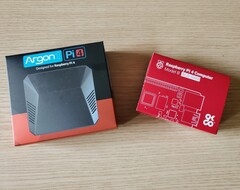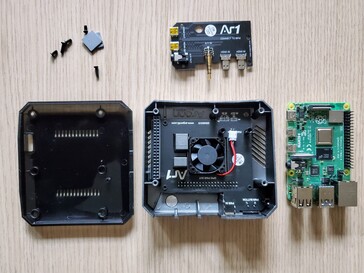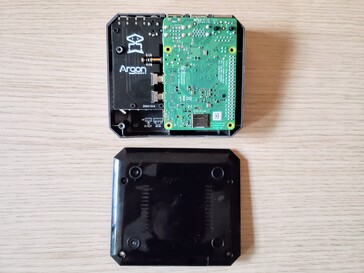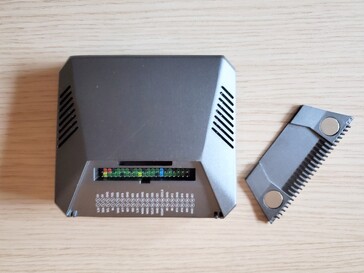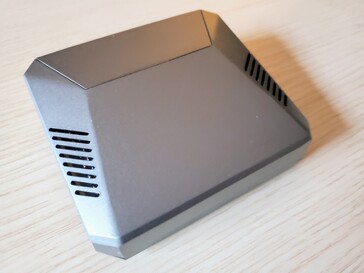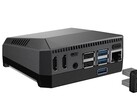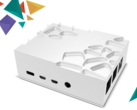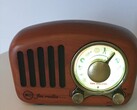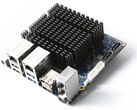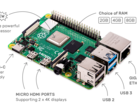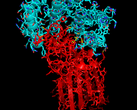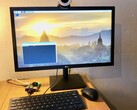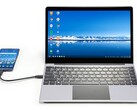The Raspberry Pi Foundation has experienced a new surge in popularity for its single-board computers thanks to the COVID-19 global pandemic. Everyone from tinkerers through to people looking to create projects with its various SBC platforms have been snapping them up like never before. Part of the new wave of popularity has been driven by those looking for a cheap desktop computer to help them get up and running while being forced to work from home. Regardless of why you might want the Pi in the first place, its great appeal is that it can be continually repurposed for many different applications, including joining the fight to cure COVID-19 itself.
Things took a very interesting turn in this regard with the launch of a new 8 GB (US$75) variant of the Raspberry Pi 4 Model B, which was already the most powerful Raspberry Pi released to date. It is centered on a 1.5 GHz quad-core ARM Cortex-A72 64-bit CPU manufactured by Broadcom found in one half of smartphone SoCs like the Qualcomm Snapdragon 650. Although it supports a variety of Linux-based operating systems, the easiest one to get up and running on it for desktop purposes is the in-house Raspberry Pi OS, previously known as Raspbian as it is derived from the Debian Linux distro. To celebrate the launch of the new 8 GB variant, the Raspberry Pi Foundation has released a new 64-bit beta of the Pi OS, although we are sticking with the stable 32-bit variant for this article.
We also took the opportunity to pair the new Raspberry Pi 4 8 GB model with the popular Argon ONE case (US$25). We had been using the previous 4 GB variant (US$55) in the standard plastic Raspberry Pi case (US$8) but found that it could run quite hot. Although you can use the Pi without a case altogether as a desktop computing solution, a case like the Argon ONE not only helps to keep it running cooler, but makes for a much neater and cleaner overall solution. It also looks much more like a regular desktop computer and adds a potent mix of both excellent passive cooling and active fan cooling while also creating a clever solution to redirect all the ports so they run out of the rear of the case. It certainly runs the price up of the overall package, but compared to something like an Intel NUC, it still represents very good overall value for money.
As previously mentioned, Raspbian is now Raspberry Pi OS, and it comes with some useful new features as well as the typical stability and bug fixes that you would expect in a software update. It is the best choice for those looking to use the Pi as a desktop PC as it comes with all the essentials preinstalled including the open source LibreOffice and the Chromium browser. It also looks and feels like a familiar desktop environment that you might see on a Windows PC in particular, although you will need to learn some basic command codes to upgrade the operating system as well as upgrade and install new applications. For someone like me, who grew up using the first PCs on the market, it is both fun and nostalgic and gives a sense of what it was like when users got a little more “under the hood” of the OS to make things happen.
For the inexperienced, however, there is a small learning curve, but this is all part of the enjoyment of choosing to buy an SBC like the Raspberry Pi 4. However, in this day and age of the internet and YouTube videos, you will have absolutely no trouble getting yourself up and running. Things have been made even easier through the introduction of NOOBS for the Raspberry Pi, which stands for “new out-of-the-box system”. When you purchase your Pi through the Pi Foundation or reseller, you will usually also be given the choice to buy a microSD card pre-flashed with Pi OS and some other popular distros to get you up and running instantly by slotting it into the Pi’s built-in microSD card reader. Otherwise you can simply download the Balena Etcher software for either Mac or Windows, download the Pi ISO (or other compatible OS) and easily and quickly flash your own OS at home in readiness for the arrival of your new Pi.
During our testing, we found the Argon ONE case to live up to its reputation as the perfect companion to the Pi 4. It is very simple to put together following the included instructions, while again, there are plenty of videos online showing the inexperienced user how to install your Pi into the case using the included daughter board and other components. In addition to the convenience of locating the Pi 4 I/O all on the same side, it also includes a built-in on-off switch. Furthermore, you can manually adjust the fan to come on earlier or later. That being said, most will find its preset solution of 10% at 55 °C, 55% at 60 °C, and 100% at 65 °C to be about right in most use cases. If you’re planning on running the Pi as a gaming emulator or for some other intensive computing purpose, the Argon ONE will be the best way to ensure the longevity of your investment.
Overall, the combination of the new Raspberry Pi 4 8 GB model, Pi OS and the Argon One case is excellent for an everyday desktop computing solution. At a combined cost of just US$100 plus keyboard, mouse and monitor, you are going to be hard-pressed to find a cheaper or more fun brand-new home desktop-computing solution. The extra RAM on the new Pi 4 is largely responsible for this as the previous 4 GB RAM ceiling was limited in this use case, whereas the additional RAM really helps it operate fluently as an everyday desktop computing solution. Running two or three applications while simultaneously having multiple browser tabs open doesn’t stress the system at all. It will only get more potent when the stable 64-bit version of Pi OS is released. In the meantime, both the Raspberry Pi 4 and Argon ONE case come highly recommended.
Source(s)
Own




